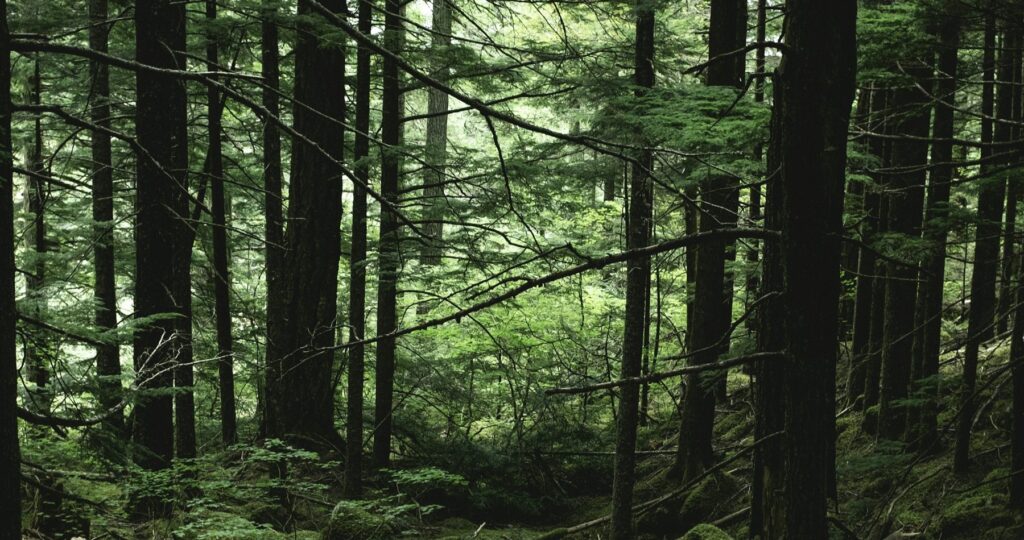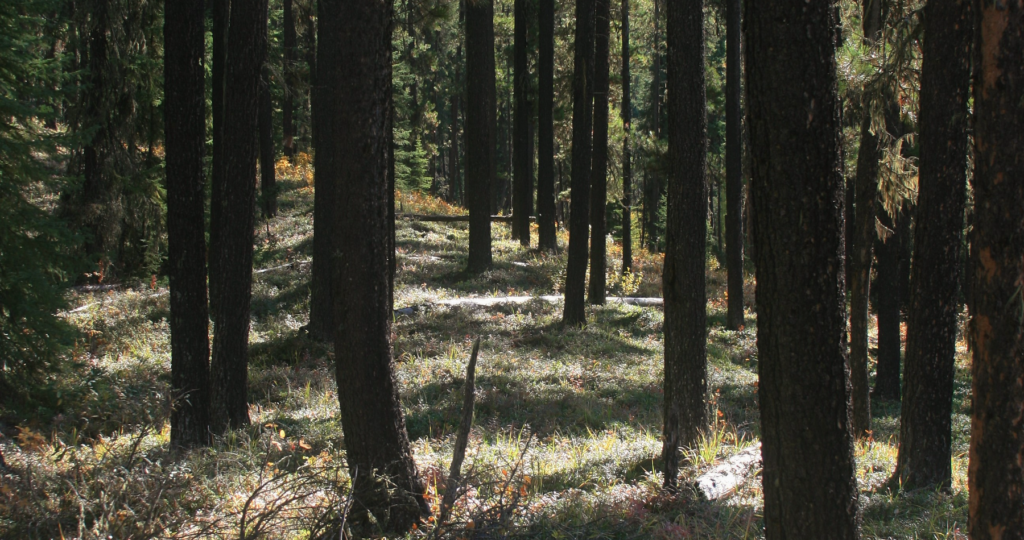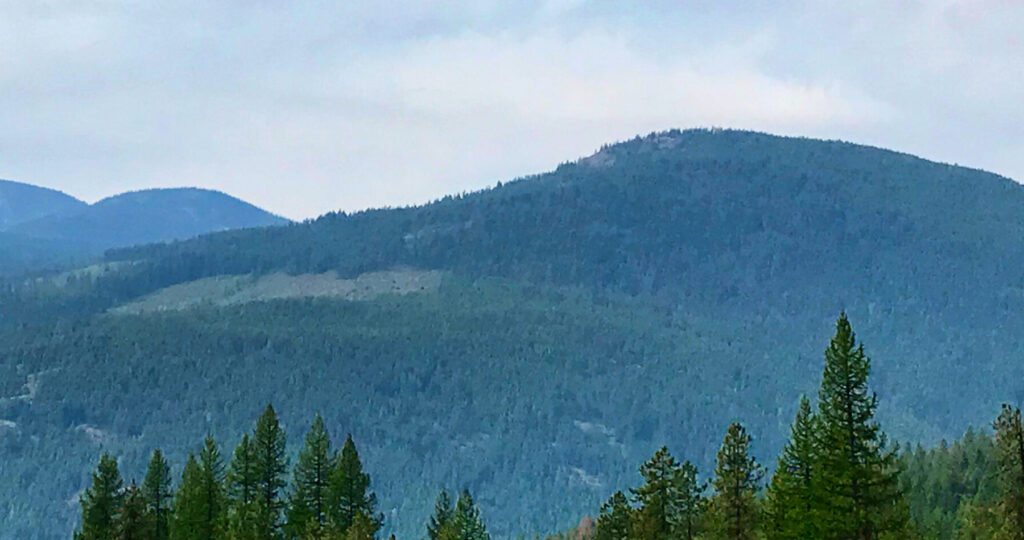Post Category : Archaeonerdism Local Archaeology Method & Theory
Where does the Obsidian we find come from?
Obsidian is a volcanic glass that was used by pre-European contact people all over North America. Known for its natural sharpness, ancient peoples sought the material for making tools for cutting and slicing. Additionally, it is easier to flintknap than the harder and more readily available materials local to Alberta.
As many of our readers know, there are no volcanoes in Alberta, so the obsidian is getting here either by trade or by the movement of people. Luckily for archaeologists, each source of obsidian in North America has a unique chemical signature, allowing us to trace where the material is coming from.
Finding obsidian in Alberta is rare, but over the past few years we have recovered three pieces (Figures 1-3) while working for Sundre Forest Products and Weyerhaeuser Pembina Timberlands Ltd. in the foothills region of the province. These artifacts were lent to Todd Kristensen at Alberta Culture and Tourism as part of the ongoing Alberta Obsidian Project. The artifacts we found were analysed using a technique called portable X-ray fluorescence.


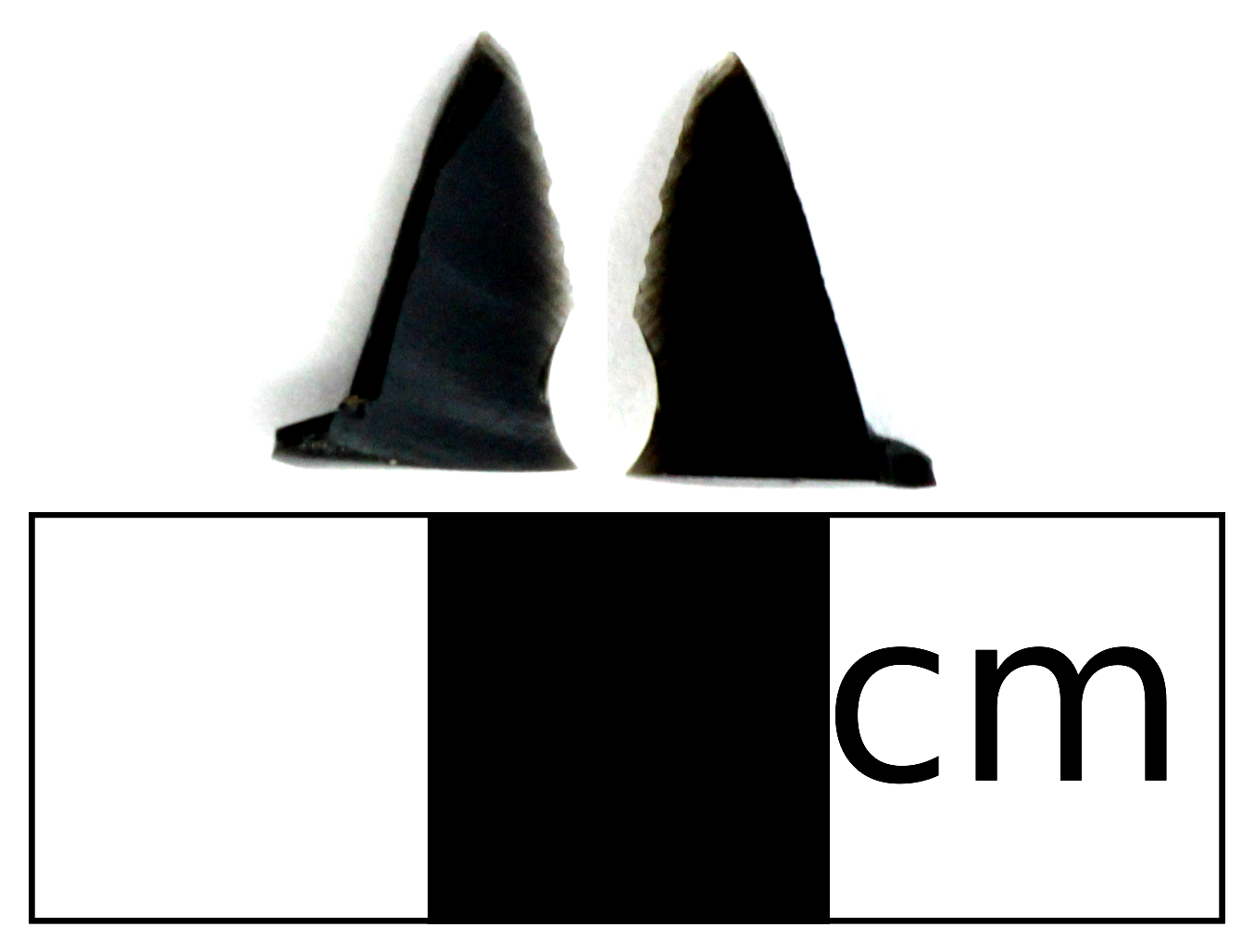
The results show that two of the flakes (FbPX-10 and FaPr-6) track well with Yellowstone and one flakes tracks to Bear Gulch which is just outside of Yellowstone to the west. The source within Yellowstone is unknown, but it is assumed that it is the Cougar Creek source, which is the most wide used source.
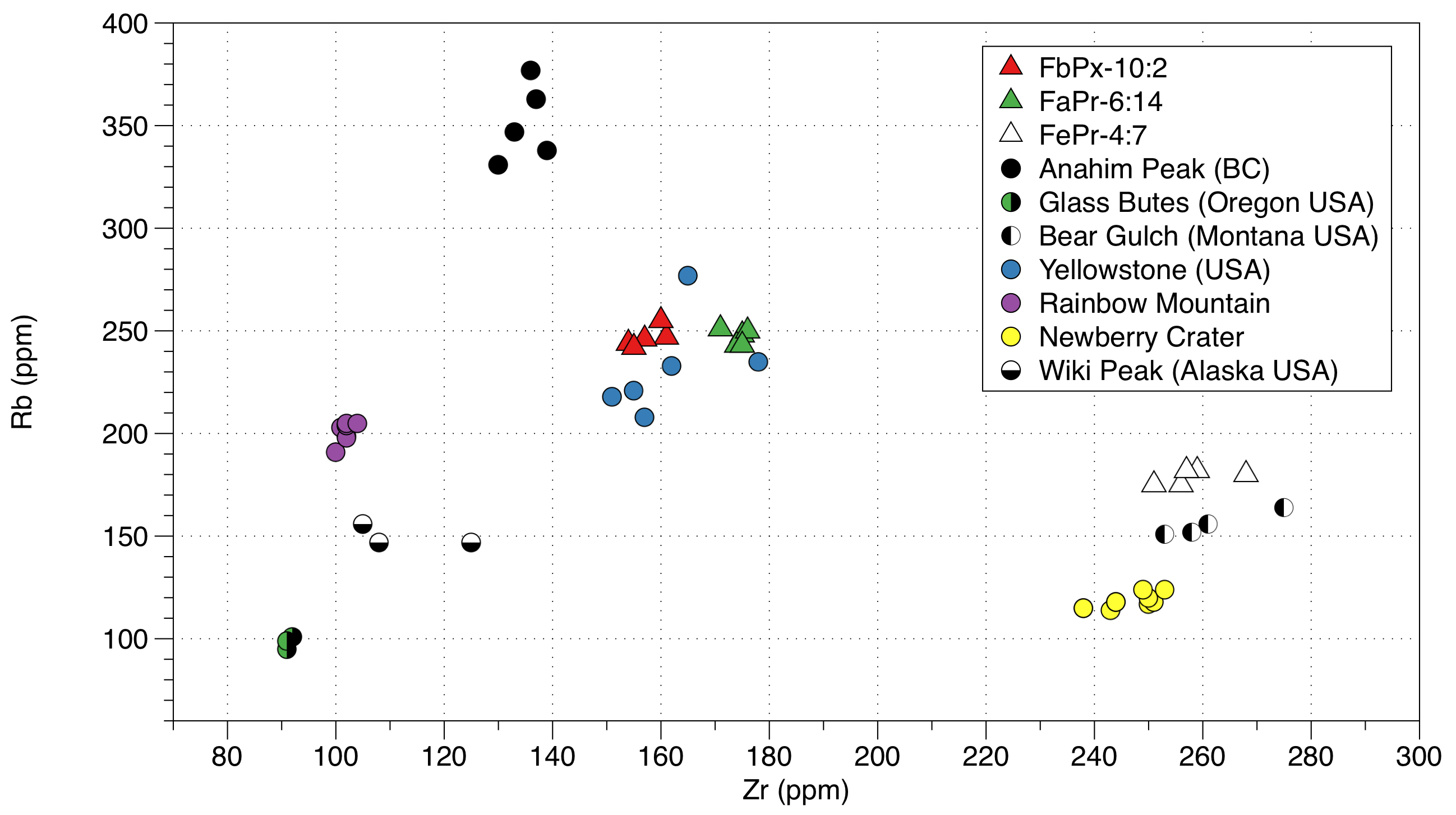
When we input the distance from FbPx-10 to Yellowstone National Park, we can see this artifact traveled 1,136 km and would take 231 hours to travel that distance by foot. Similarly, FaPr-6 was 1,033 km from Yellowstone National Park and FePr-4 was 979 km from Bear Gulch. This reinforces how valuable this material was for the First Nations of Alberta.


